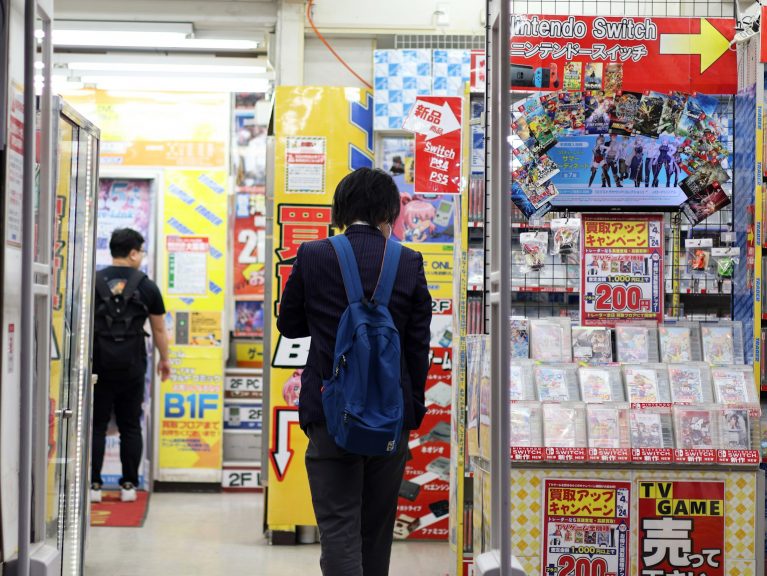
(*Linked or embedded content may have been removed or be unavailable.)
The launch of a new game console is always big news for localization professionals. After all, video game localization is one of the biggest markets for language services, with 76% of consumers preferring native-language products and 40% refusing to use non-localized platforms outright, according to CSA Research.
One console for all?
Given the global nature of the gaming industry, with major studios and companies hailing from everywhere from Japan to Poland to France to the United States, it’s all the more surprising that the newly released Japanese Switch 2’s most common version is more monolingual than multicultural. Video game giant Nintendo announced in April ahead of the console’s June release that its Japanese edition would come in two flavors: a multi-language version for 69,980 yen and a Japanese-only version for 49,980 yen. That translates to approximately $477 versus $341 in US dollars.
“The Japanese-Language System (Japan Only) is available only in the Japanese market. It only supports Japanese as the system language, there are restrictions on the Nintendo Accounts that can be linked, and only the Japanese Nintendo eShop can be accessed,” Nintendo representatives told Forbes. “The Nintendo Switch 2 Multi-Language System, which is the same model as will be available in the rest of the world, has an MSRP of 69,980 yen and will only be available on the My Nintendo Store in Japan. Different regions make different decisions based on a variety of factors.”
The good news? From the perspective of localization pros, it shouldn’t significantly impact business as long as non-Japanese games are due to receive a Japanese version. What launches on Nintendo’s Japanese eShop stays on the Japanese eShop, and gamers are free to enjoy those games so long as they stay within Japanese borders.
Nevertheless, it’s a surprising move in light of recent industry trends. Unlike the original Switch, which launched fully region-free, the launch of a Japanese-only Switch 2 puzzles analysts and Nintendo fans alike. So what could explain the business move in an era when manufacturers prefer region-free consoles? Journalists and analysts offer a few possible explanations.
Tariffs and markets
Possibility one: tariffs and market protection. With international economic disruption roiling consumer habits, Nintendo may have opted to offer Japanese consumers—a full quarter of its install base—as gentle a price tag as possible. The appeal of a game console is its relatively affordable price compared to PCs and other general-purpose computers, with manufacturers often taking a loss on the hardware to reap its profits in software sales. Premium prices typically come at the cost of reduced sales, as Sony experienced in the early lifespan of the $600 PlayStation 3.

“If Switch 2 pricing in Japanese Yen was aligned with the U.S. Dollar price, it would dramatically weaken Nintendo’s position in Japan, representing a doubling in the list price over the classic LCD Nintendo Switch model,” Omdia analyst James McWhirter told IGN. “Yet if Nintendo continued to rely on region-specific pricing that is significantly cheaper in USD terms, they would face an issue with grey imports to other territories.”
Scalper warfare
Possibility two: the weak yen and scalper warfare. Scalpers have long thrived on game console shortages in the early months of a system’s lifespan, often landing double or triple the retail price from desperate consumers who cannot wait. Complicating matters still further is the weakness of the yen compared to the US dollar, meaning that scalpers able to navigate international markets could have profited even more.
Whatever the reason, localization professionals can rest assured that their excellent work is still reaching the right audiences. Those audiences simply need to stay in Japan while they play—or pay the premium for a full international, multilingual experience.






